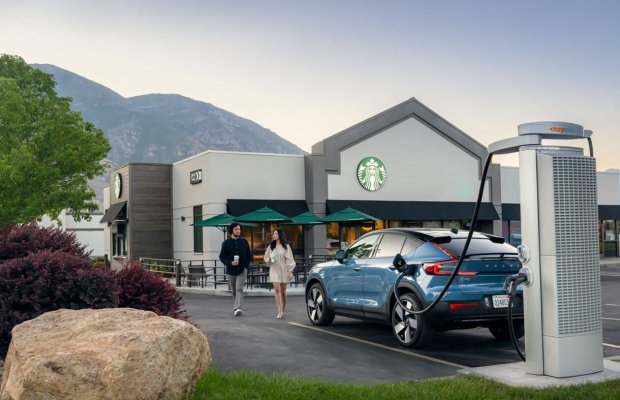What are you charging ? 80% of what ?
So you have a battery - it contains a given number of cells. Say 100 for simplifying this example. Does 80% mean 100 cells charged to 80% per cell or 80 cells charged to 100% and 20 at 0% or some other combination.
Even a 100% figure might not be real - suppose you have a clever battery with 110 cells and it balances a managed capacity across the 110 giving the capacity of 100 but extending the life of the battery as a whole?
EVs have very clever charging hardware & software (especially Teslas).
On the NMC batteries when you charge to 80% - the battery management system charges and balances all the cells to 80% of their maximum capacity.
If you charge to 100% regularly you will shorten the life of the battery pack (except the latest LFP batteries that need to be regularly charged to !00%!)
The other reason that 100% is not ideal, except for long journeys - is that for the first few miles the brake regeneration does not work and you need to press the normal brakes to slow down or stop. This is because the regeneration cannot work if the battery is already full!
Like old cars with a reserve tank - EVs have two quoted battery capacities - the max capacity and the useable capacity.
Even when you see 0% battery and 0 miles range - there is still a few miles of reserve range left (and even then the batteries do not fully discharge as I believe this could also damage them).
Both our EVs have two charging ports - once for AC charging at home for low speed charging and DC for high speed charging.
For AC charging - the actual charger circuit is built into the car - our Tesla charges at 11.3 kw at home and our BMW iX charges at a rate of 10.7kw at home - the wall box is simply a way of getting the AC power to the car.
For DC charging it is best to “route” to a charger via the cars navigation software - so that the battery pack can be pre-warmed ready to except the high speed DC charge.
This is also important when routing to a Tesla Supercharger - as Tesla use the information from each car that is routing to a charging station to let you know whether a stall is likely to be free when you arrive or how long you might need to wait.
Their software sees how fast you are driving and how far you are away - along with the state of charge and time left required to charge any cars already using one of the stalls at the charging station (it’s actually a well integrated and clever software system!)
DC charging works best on pre-warmed battery packs that are at 20% or less state of charge - it then starts charging very quickly and the charge rate slows down as the battery pack “fills up”.



